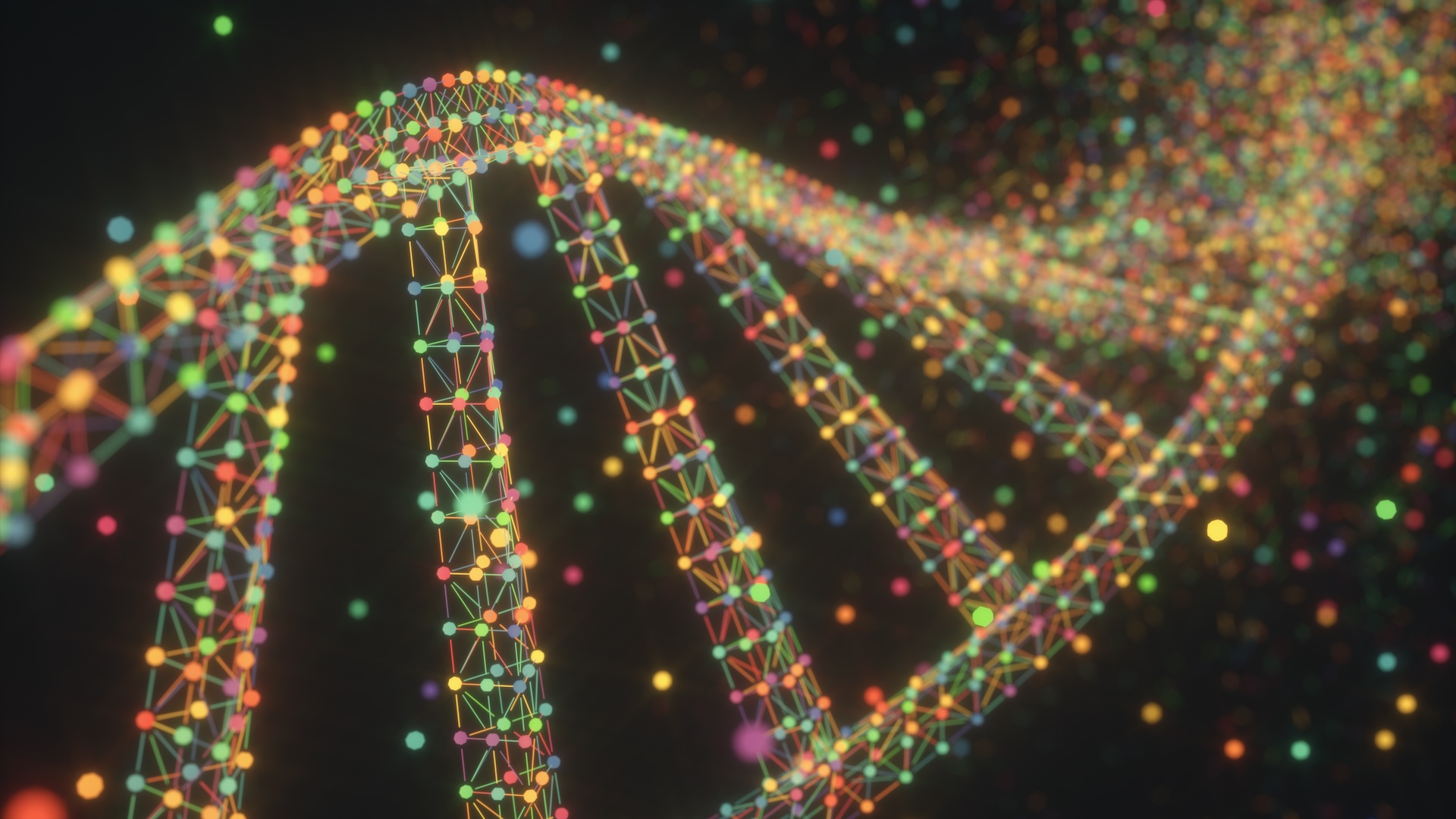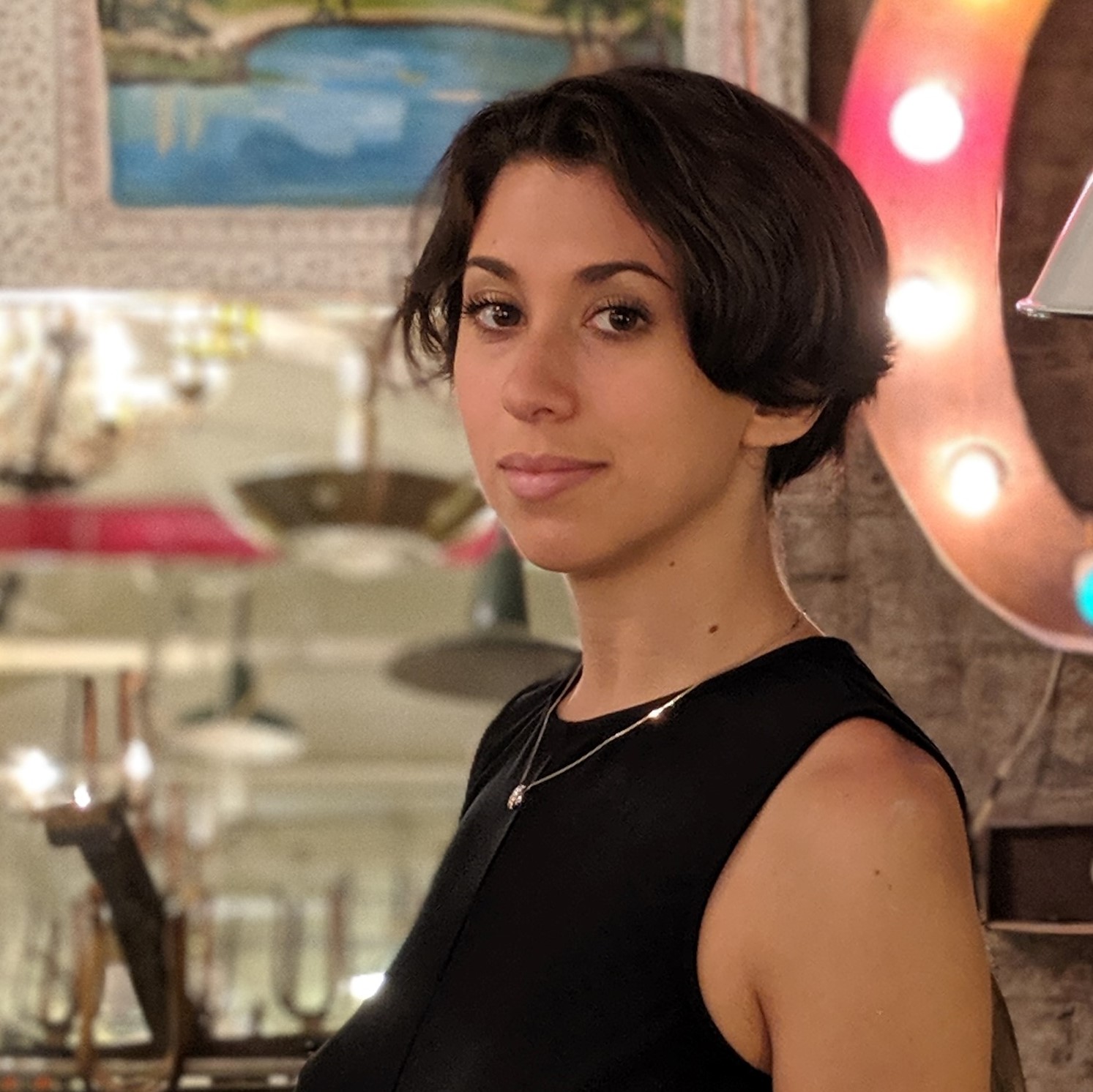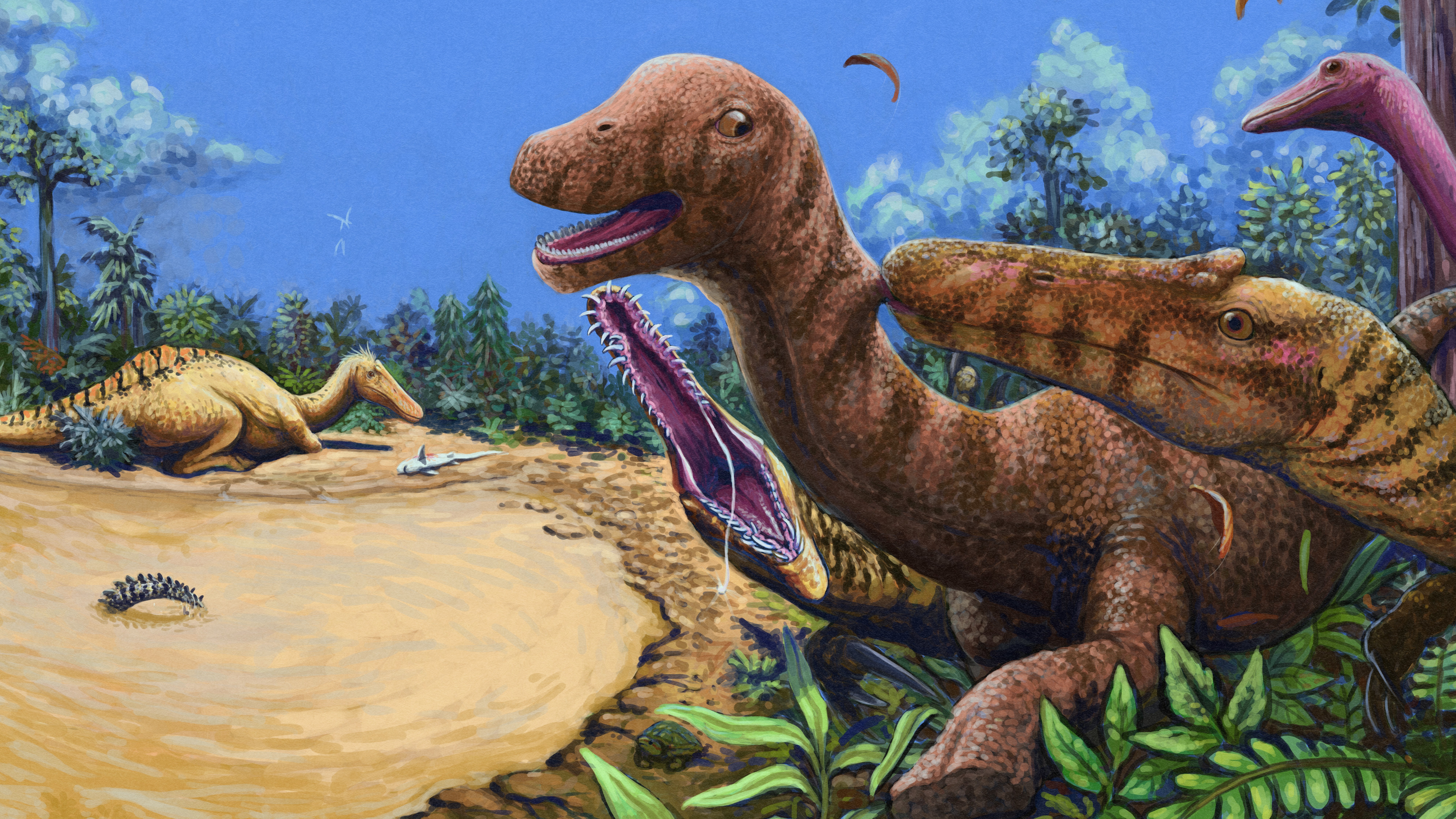US baby receives first-ever customized CRISPR treatment for genetic disease
A baby known as KJ is the first person in the world to receive a customized CRISPR therapy designed to fix a specific mutation.

A baby born with a rare and devastating genetic condition has become the first person ever to be successfully treated with a personalized CRISPR therapy. After receiving three doses of the therapy in the past few months, the infant is now 9.5 months old and thriving, his doctors report.
"We want each and every patient to have the potential to experience the same results we saw in this first patient," Dr. Kiran Musunuru, a professor for translational research at the University of Pennsylvania's Perelman School of Medicine, said in a statement. "The promise of gene therapy that we've heard about for decades is coming to fruition, and it's going to utterly transform the way we approach medicine."
Musunuru is a co-author of a new paper describing the procedure, which was published Thursday (May 15) in The New England Journal of Medicine. The results were also presented at the American Society of Gene & Cell Therapy's annual meeting in New Orleans this week.
The treated child, referred to as KJ, was born with severe carbamoyl phosphate synthetase 1 (CPS1) deficiency. The inherited condition is estimated to affect 1 in 1.3 million people worldwide. It's inherited in an autosomal recessive pattern, meaning a person must inherit two mutant copies of the gene — one from each parent — to develop the condition.
The condition arises from mutations in the CPS1 gene, which codes for a protein the liver uses to process nitrogen compounds in the blood. This nitrogen, generated as the body breaks down proteins, needs to be processed and detoxified into a product called urea to be excreted in urine. But when the CPS1 gene is mutated, the nitrogen-containing compound ammonia builds up in the body and causes damage, especially in the brain.
The severity of CPS1 deficiency depends on whether the affected person has complete or partial absence of the gene's encoded protein. Those with a complete lack of the enzyme, like KJ, have the most severe form of the disease. This causes symptoms to show up shortly after birth, including unusual sleepiness, a poorly regulated breathing rate, unwillingness to feed, vomiting after feeding, unusual body movements, seizures or coma.
Get the world’s most fascinating discoveries delivered straight to your inbox.
About half of children with this form of the condition die in early infancy. Children who survive to older ages then need to follow a tightly regulated diet, to limit their protein intake, and they may have developmental delays and intellectual disability due to neurological damage.
For KJ, symptoms emerged within the first 48 hours of birth. A rapid genetic analysis revealed that both his maternal and paternal copies of the CPS1 gene were shorter than usual, meaning they were "truncating" gene variants. The paternal mutation, called Q335X, had been reported to cause the disease in a previous case.
Renal-replacement therapy was used to filter KJ's blood. Later, he was switched to a drug that captured the extra nitrogen in his blood, and he was put on a protein-restricted diet. "Given the severity of his disease, the patient was listed for liver transplantation at 5 months of age," the report notes, but he would have had to grow big enough — and be medically stable enough — to receive one.
In the years prior to KJ's birth, Musunuru and Dr. Rebecca Ahrens-Nicklas, director of the Gene Therapy for Inherited Metabolic Disorders Frontier Program at Children's Hospital of Philadelphia, had begun exploring the feasibility of customized gene therapies built using the gene-editing technique known as CRISPR.
The two CRISPR-based therapies approved to date have a one-size-fits-all approach: They work by completely disabling a specific gene. But in many genetic disorders, function needs to be restored to a broken gene, and the way that gene is broken differs from patient to patient. One way to address such disorders is through personalized therapies designed to address a patient's unique mutation.
The duo had focused on urea cycle disorders, such as CPS1 deficiency, and demonstrated success in animal experiments. When KJ was born, Ahrens-Nicklas approached his parents — Kyle and Nicole Muldoon — with the idea of designing their newborn a custom gene therapy built on their prior work. After discussing the details of the experimental treatment, the Muldoons agreed, Genetic Engineering and Biotechnology News (GEN) reported.
The team rapidly developed a customized therapy built upon base editing, which works by changing just one letter in DNA's code. The therapy was designed to fix the Q335X mutation KJ carried, and it was ready to administer within six months of his birth. The infant received his first dose of the therapy in February 2025, at between 6 and 7 months of age, and he received follow-up doses in March and April.
These three doses had no serious side effects. KJ can now consume more protein safely and take less of the nitrogen-scavenging drug. He's started sitting up by himself — a sign that he's gaining motor function that may not have been possible otherwise.
"Seeing him reach milestones that are important for any infant blows us away even more because we know what was stacked up against him from the very beginning," KJ's mother told reporters during a news conference, GEN reported.
Although the effects of the treatment have been promising, KJ will need to be carefully monitored for the rest of his life, Ahrens-Nicklas said in the statement.
"Although this has been a very specific approach, partly motivated by the devastating nature of the disease, it represents a milestone that demonstrates these therapies are now a reality," Miguel Ángel Moreno-Mateos, a geneticist at Pablo de Olavide University in Seville, Spain, told The Guardian. "As the article reports, the patient will be monitored for a long time to ensure his wellbeing and determine whether additional doses are needed to further improve the symptoms of the disease."
This article is for informational purposes only and is not meant to offer medical advice.

Nicoletta Lanese is the health channel editor at Live Science and was previously a news editor and staff writer at the site. She holds a graduate certificate in science communication from UC Santa Cruz and degrees in neuroscience and dance from the University of Florida. Her work has appeared in The Scientist, Science News, the Mercury News, Mongabay and Stanford Medicine Magazine, among other outlets. Based in NYC, she also remains heavily involved in dance and performs in local choreographers' work.
You must confirm your public display name before commenting
Please logout and then login again, you will then be prompted to enter your display name.


